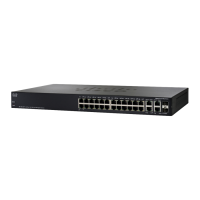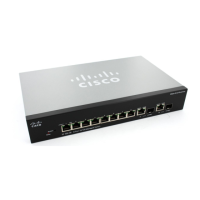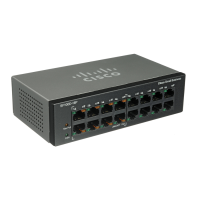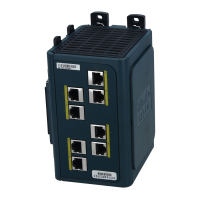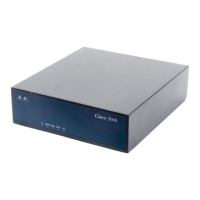Quality of Service
QoS Basic Mode
503 Cisco Small Business 200, 300 and 500 Series Managed Switch Administration Guide (Internal Version)
25
If there is any port that, as an exception, should not trust the incoming CoS mark,
disable the QoS state on that port using the Interface Settings page.
Enable or disable the global selected trusted mode at the ports by using the
Interface Settings page. If a port is disabled without trusted mode, all its ingress
packets are forward in best effort. It is recommended that you disable the trusted
mode at the ports where the CoS/802.1p and/or DSCP values in the incoming
packets are not trustworthy. Otherwise, it might negatively affect the performance
of your network
Configuring Global Settings
The Global Settings page contains information for enabling Trust on the device
(see the Trust Mode field below). This configuration is active when the QoS mode
is Basic mode. Packets entering a QoS domain are classified at the edge of the
QoS domain.
To define the Trust configuration:
STEP 1 Click Quality of Service > QoS Basic Mode > Global Settings.
STEP 2 Select the Trust Mode while the device is in Basic mode. If a packet CoS level and
DSCP tag are mapped to separate queues, the Trust mode determines the queue
to which the packet is assigned:
• CoS/802.1p—Traffic is mapped to queues based on the VPT field in the
VLAN tag, or based on the per-port default CoS/802.1p value (if there is no
VLAN tag on the incoming packet), the actual mapping of the VPT to queue
can be configured in the mapping CoS/802.1p to Queue page.
• DSCP—All IP traffic is mapped to queues based on the DSCP field in the IP
header. The actual mapping of the DSCP to queue can be configured in the
DSCP to Queue page. If traffic is not IP traffic, it is mapped to the best effort
queue.
• CoS/802.1p-DSCP—Either CoS/802.1p or DSCP whichever has been set.
STEP 3 Select Override Ingress DSCP to override the original DSCP values in the
incoming packets with the new values according to the DSCP Override Table.
When Override Ingress DSCP is enabled, the device uses the new DSCP values
for egress queueing. It also replaces the original DSCP values in the packets with
the new DSCP values.
NOTE The frame is mapped to an egress queue using the new, rewritten
value, and not by the original DSCP value.
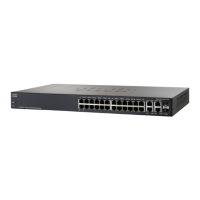
